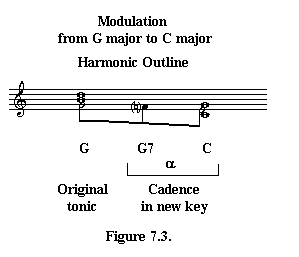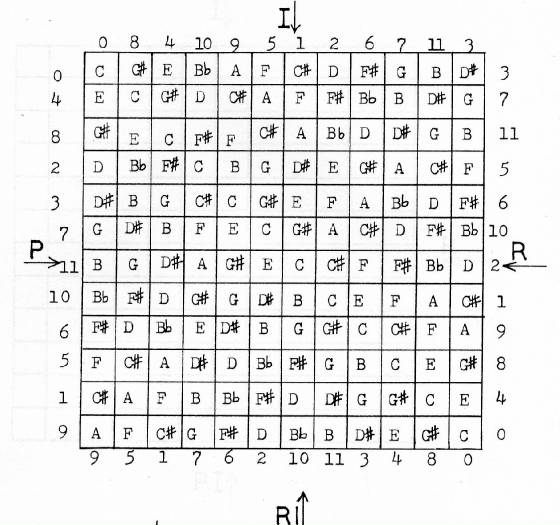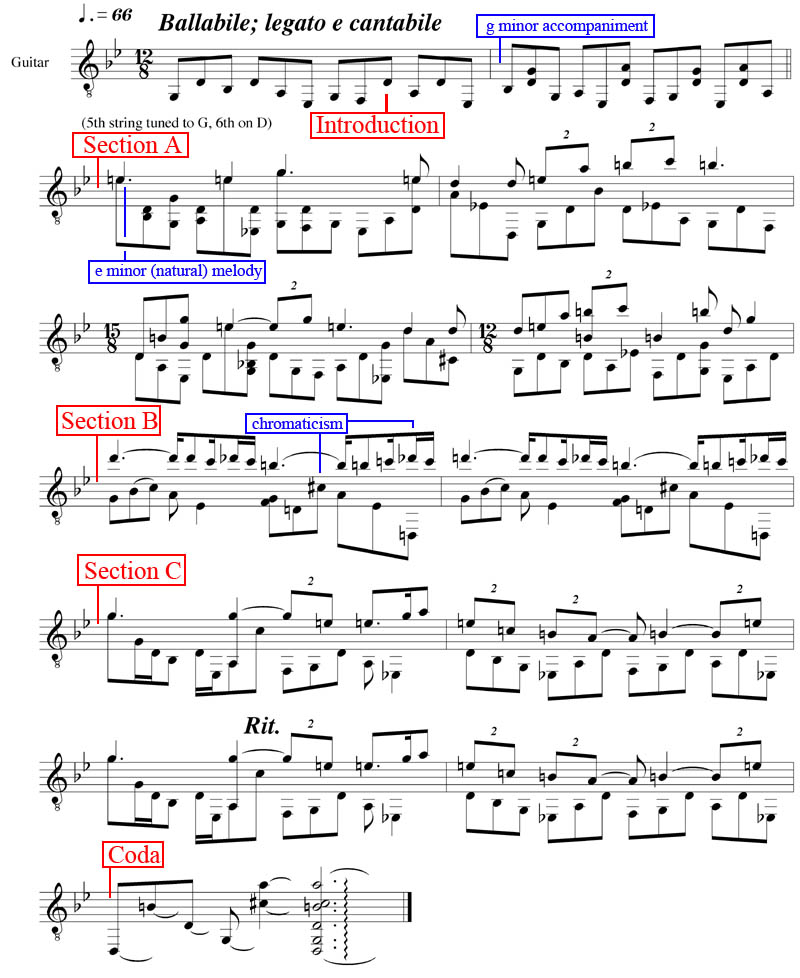- Diatonic harmony, proceeding in the order of the octave based on five tones and two semitones. The major and natural minor scales and the modes are all diatonic. In the major scale, the semitones fall between the third and fourth tones and the seventh and eighth tones. In the minor scale, the semitones fall between the second and third tones and the fifth and sixth tones.Diatonic means through a tonal center, or across the notes of a key.
When we use the musical term diatonic, we mean the notes being used all come from the key.
The key of C major contains the seven notes of the C major scale – C, D, E, F, G, A, and B. Any music said to be diatonic and in the key of C only uses combinations of those 7 notes from C major.
If a melody is said to be diatonic and in the key of C, it only uses the 7 notes of the C major scale/key.


- Chromatic harmony
- Any music or chord that contains notes not belonging to the diatonic scale. Music which proceeds in half steps.
- Chromatic harmony is just the use of notes which are "outside" the key. A great example of clever and simple use of chromatic harmony is the bass part from Jimi Hendrix's cover of Hey Joe.
The chords go |C G |D A |E |E |
The bass plays on every 1/8 note, and the line is:
G|-------------------|-----------------|----------
D|-------------------|-----------------|----------
A|--3---------2-3-4-|-5---------4-5-6-|-7--------
E|----0-1-2-3-------|--2-3-4-5--------|----------
The bass uses a chromatic line to lead to the root note of each new chord.
The diatonic notes land on every downbeat, which has the effect of re-establishing the parent key, whereas the chromatic notes land on the upbeats, which allows you to use notes from outside the key without giving the effect of changing key.

- Modulation, the process of changing from one key to another. In electronic music, the term is applied to a change of frequency, amplitude, or other changes of similar nature possible through electronics.



- Resolution, in part-writing, the resolving of a dissonant sound to a consonant sound in the following chord. Also, the conclusive ending to a musical statement. Most often dissonance is resolved by moving to a consonant chord. This makes the initial feeling of tension created by dissonant chords to reach a resolution. The example below shows a dominant seventh chord in various inversions with the seventh being introduced and resolved by descending steps (the sevenths and their resolutions are shown in red). In each case the seventh resolves onto a a note consonant with the following chord, this is important because otherwise it would not resolve the tension of the dissonance:


- Tonality, the principal of organization of a composition around a tonic based upon a major or minor scale. Tonality describes the relationships between the elements of melody and harmony - tones, intervals, chords, scales, and the chromatic gamut; but particularly those types of relationship that are characterised as hierarchical, such that one of the elements dominates or attracts another. These relationships occur both within and between every type of element, making a complex weave between a tone and its melodic, harmonic, and chromatic contexts. When this weave is coherent and stable we have a tonal system which is coherent and stable. The major and minor scale systems and the part that they play as members of the chromatic gamut is one such system.

- Tonal, term referring to music that is based upon major and minor tonalities rather than on modal, twelve-tone, or other musical systems.

- Atonality, music without tonality, or music that is centered around no central key or scale.Atonality is a condition of music in which the constructs of the music do not "live" within the confines of a particular key signature, scale or mode. In atonal music, there is no gravity. You're allowed to use any of the 12 tones in the chromatic scale any way you like. However in this 12-tone system, Schoenberg believed that no tone should be more important than another in a musical composition. All 12 tones were to be introduced in an order chosen by the composer. Throughout the composition, these same tones must recur in the same order in notes or chords. No tone can recur until all eleven other tones in the series (or tone row) have recurred.

An example of atonality is Ligeti’s first Piano etude “Desordre -

http://www.youtube.com/watch?v=ETIWLlGtJ4
- Bi-tonality, the simultaneous occurrence of two tonalities in a composition.


- Poly-tonality, The use of two or more keys simultaneously, for instance, one player may perform in C major while another simultaneously plays in E flat major. Each key used has a specific tonal center, which normally is the first note of the scale related to the key. By using more than one key, the composer establishes multiple tonal centers, which in theory makes the music more complex and interesting for the listener.
-


No comments:
Post a Comment